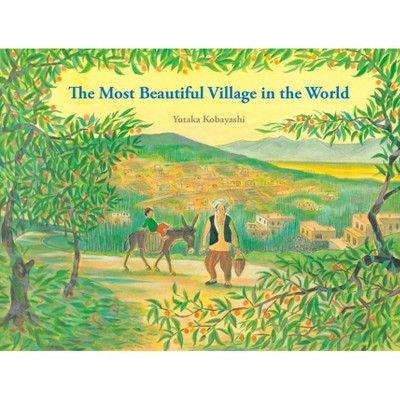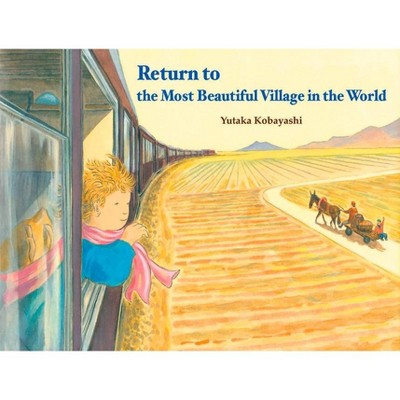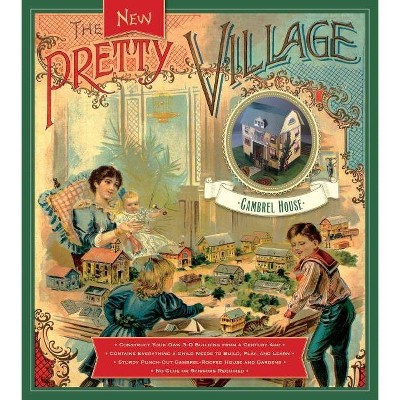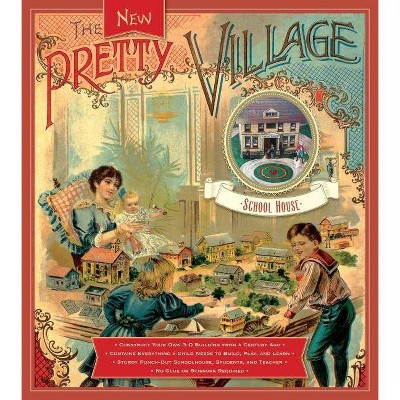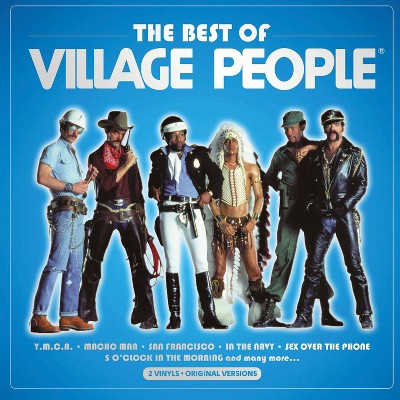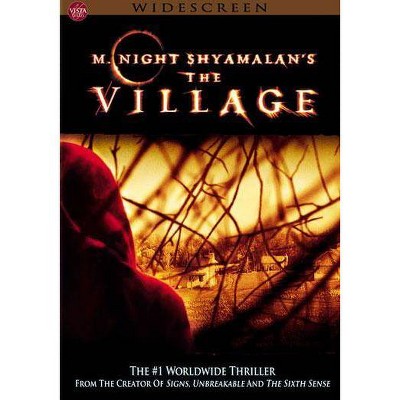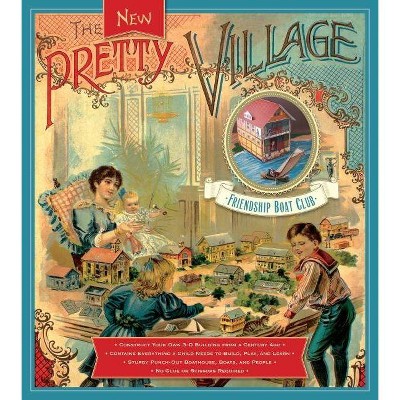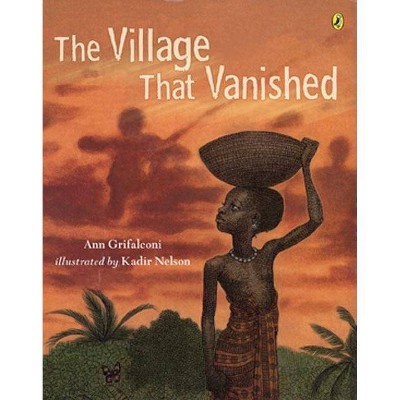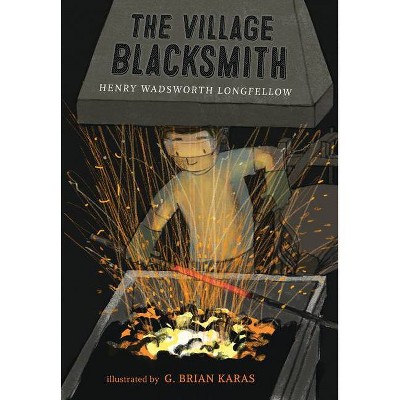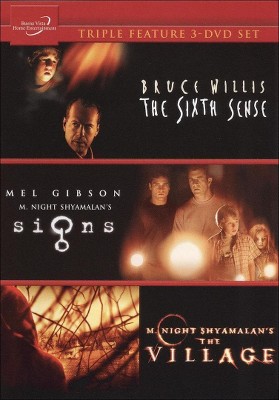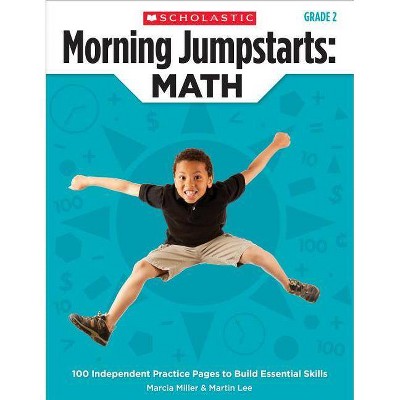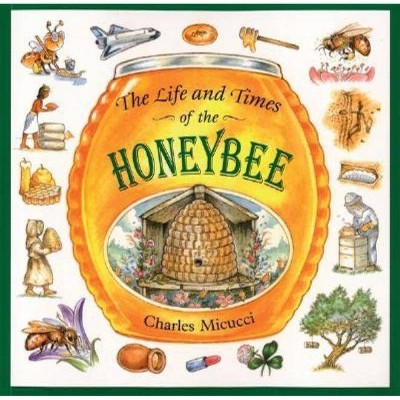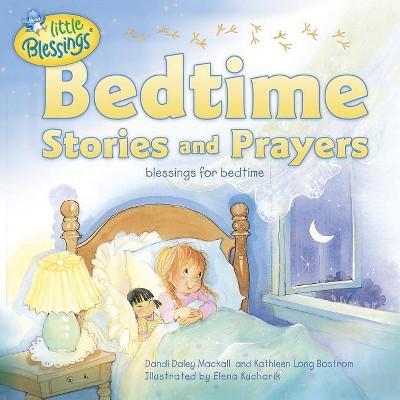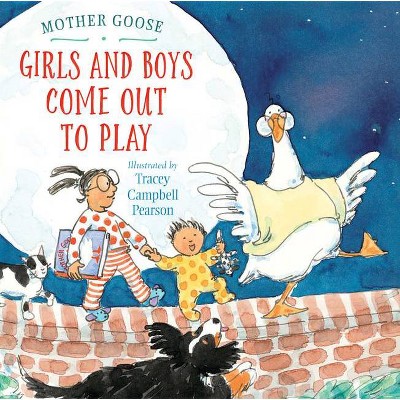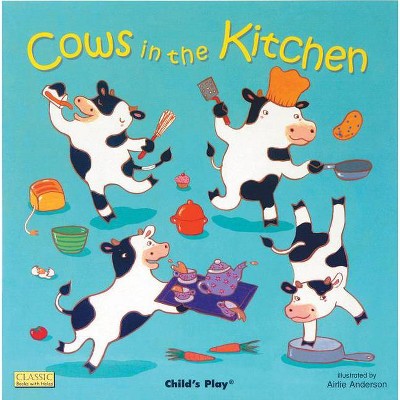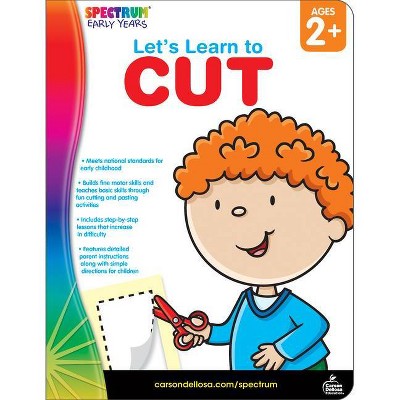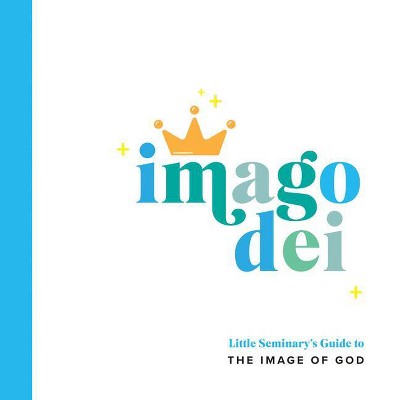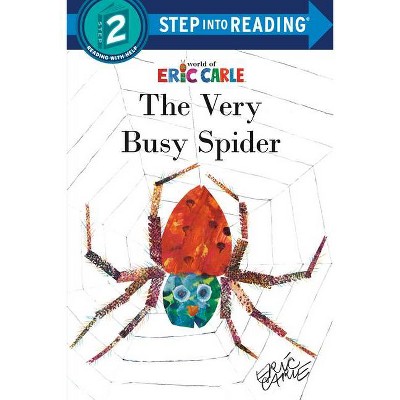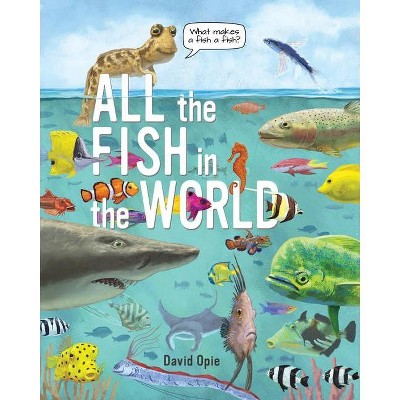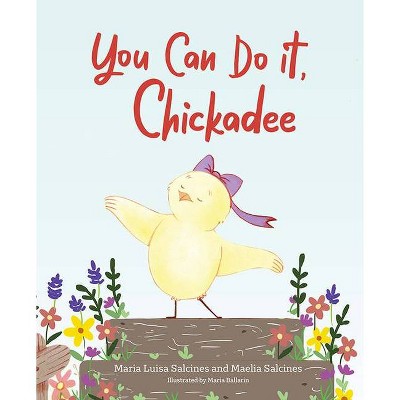The Circus Comes to the Village - (Yamo's Village) by Yutaka Kobayashi (Hardcover)
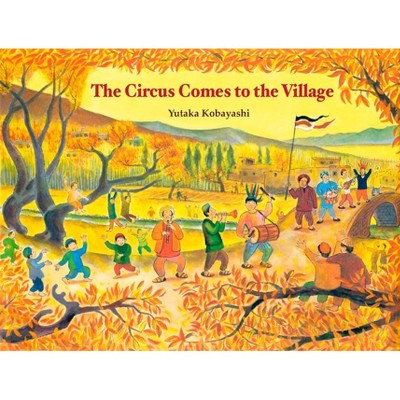
Similar Products
Products of same category from the store
AllProduct info
<p/><br></br><p><b> About the Book </b></p></br></br>"Originally published in Japan in 1996 by Poplar Publishing Co., Ltd."-- Copyright page.<p/><br></br><p><b> Book Synopsis </b></p></br></br>When fall arrives, the circus comes to Paghman village, one of the few pleasures for the villagers. Yamo and his friend Mirado are very excited. Yamo misses his brother, who has gone off to war. Mirado's father is also away at war. At the circus, the boys browse the vendors, ride the swings and enjoy the shows. Mirado plays his father's flute with the circus band and his music moves the people's hearts. When the circus moves on the next day, Mirado leaves with it. As the villagers prepare for the severe winter ahead, Yamo thinks about his friend Mirado and wonders how he is doing. Finally, snow falls. The villagers are happy, since the snow leads to the next year's harvest. Kobayashi's illustrations portray the beautiful village life that fall. Then, on the final page we are stunned to learn: "This winter, my village was destroyed by the war, and people escaped to other villages." But the reader is ultimately left with hope, as the springtime announces the villagers' return.<p/><br></br><p><b> Review Quotes </b></p></br></br><br>"You think you know what to expect from a book? Trust me when I say you'll never see where these books are headed . . . You would think I'd have learned my lesson with Yutaka Kobayashi. After all, I read <i>The Most Beautiful Village in the World</i> years ago. Beautiful book. Devastating ending. I guess I either forgot or thought that the author would go in a different direction with this follow-up. NOPE! The ending in this book may be even more gutting than in the first. I think you'll need to see it firsthand for yourself to understand why." --Elizabeth Bird, <i>School Library Journal</i><br><br>"Readers following author-illustrator Kobayashi's series about the Afghan village of Paghman will find this second installment--originally published in Japan in 1996--both delightful and harrowing. Yamo and his flute-toting friend, Mirado, are working in the fields when the circus comes to town. The two boys experience the chaos and wonder of the circus, from spinning swings to enticing toys to a fire-eating man. By the end of the night, they conclude their village is the best in the world; but as the circus packs up, joy makes way for hard goodbyes--and tragedy. Yamo learns Mirado will leave to play flute with the circus. Winter comes, and readers learn that, along with the snow, war came to the village, destroying it. This poetic tale pits the joy and laughter of a circus against a harsh reality. Kobayashi's use of colors masterfully sets the evolving mood, with orange and brown tones of autumn giving way to the vivid lights of the circus, ultimately ending with a gray-white winter." --Lydia Mulvany, <i>Booklist </i><br><br>"It's a gorgeous book, a series of double-spread paintings that show the beauty of the landscape and the fun of the circus in tidy, child-pleasing detail." --Roger Sutton, <i> The Horn Book</i><br><br>"Following <i>The Most Beautiful Village in the World </i>(2018), Kobayashi offers a second picture book featuring Yamo, a boy who lives in a bucolic village in the Afghan mountains. The opening spread depicts a scene of everyday village life: men gathered in a pavilion drinking tea, a street vendor, donkeys laden with cargo, boys playing simple games. But the arrival of the circus makes this day extraordinary, and an excited Yamo runs home with the news. Yamo and his friend Mirado, however, must work in the fields, harvesting wheat and yams. The following day they enjoy the circus, where the highlight for Mirado, whose father "went to the war," is playing his father's flute with the traditional instrumental band accompanying a "beautiful" singer. Mirado enchants the audience with his flute and is invited to join the circus, prompting Yamo to wistfully tell him that he may see his father as it travels. Yamo's own future is significantly less hopeful, conveyed in an epilogue that brings the war home. The colorful, detailed illustrations have a nostalgic quality. Young readers/listeners will doubtlessly notice the simplicity of village life, with its low-tech pastimes and slower pace, and the tinge of melancholy is pervasive." --<i>Kirkus Reviews</i><br><p/><br></br><p><b> About the Author </b></p></br></br><b>Yutaka Kobayashi </b>is a Nihonga artist and picture book author. In 1983, he received a Special Excellence Award in the Ueno Royal Museum Grand Prize Exhibition. He was a frequent visitor to the Islamic countries of Asia and the Middle East from the 1970s to the early 1980s, and the main themes of his works reflect those visits.
Price History
Price Archive shows prices from various stores, lets you see history and find the cheapest. There is no actual sale on the website. For all support, inquiry and suggestion messagescommunication@pricearchive.us
